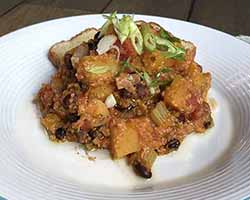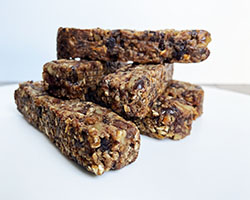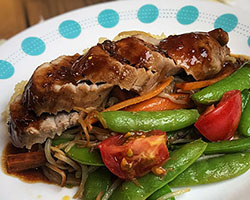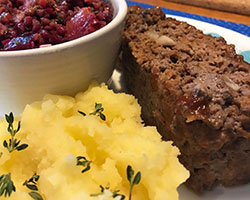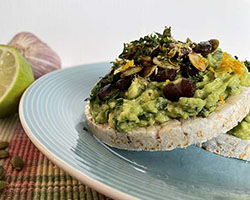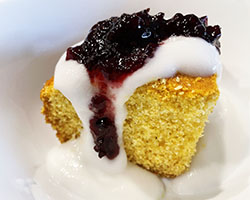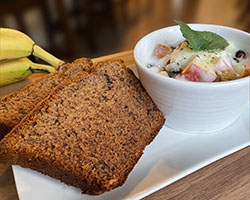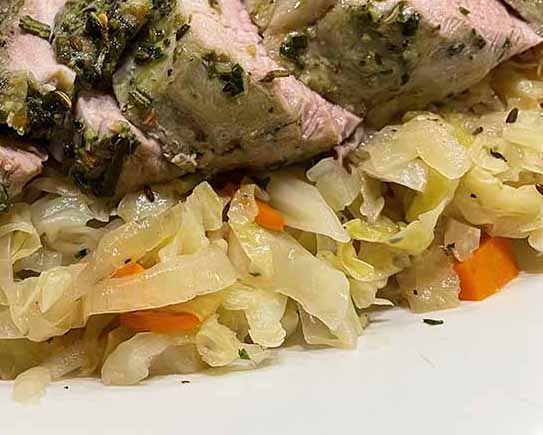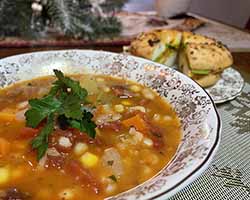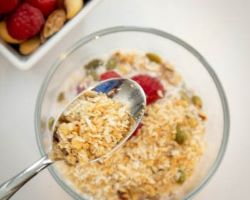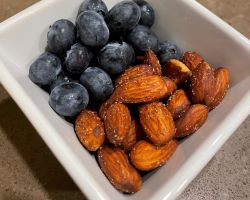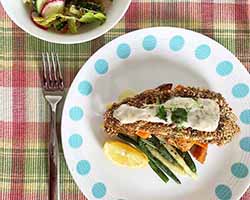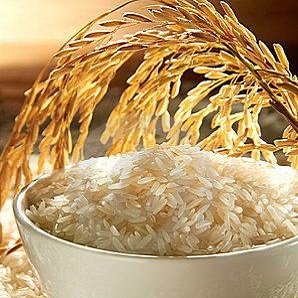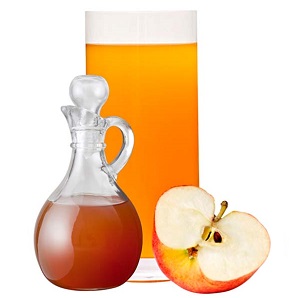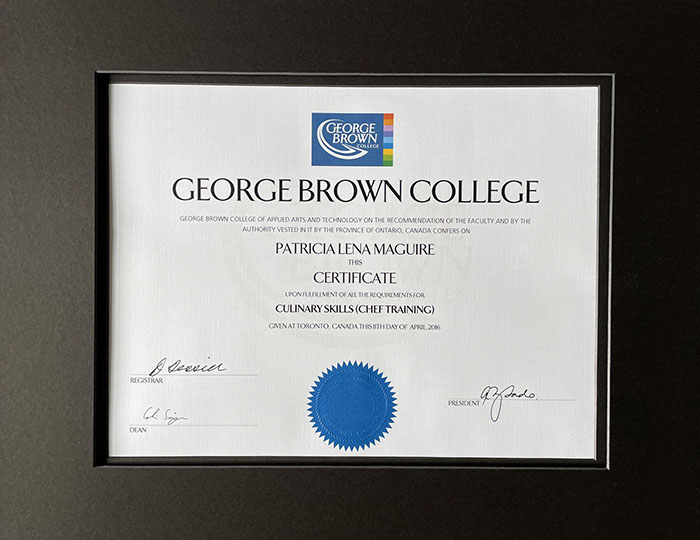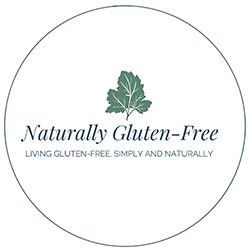- Home
- Intolerances and Special Diets
- Celiac and Lactose Intolerance
Celiac and Lactose Intolerance: Why They Happen and How to Eat Well
I'm guessing you've landed on a page about celiac and lactose intolerance for one of two reasons:
Either you have celiac disease and you're wondering if you could also be lactose intolerant. Or, you are lactose intolerant and thinking you might have celiac disease.
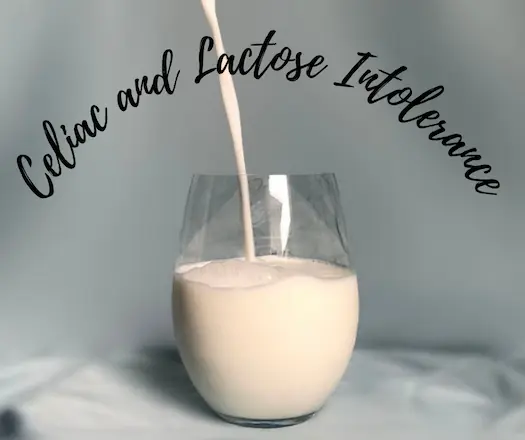
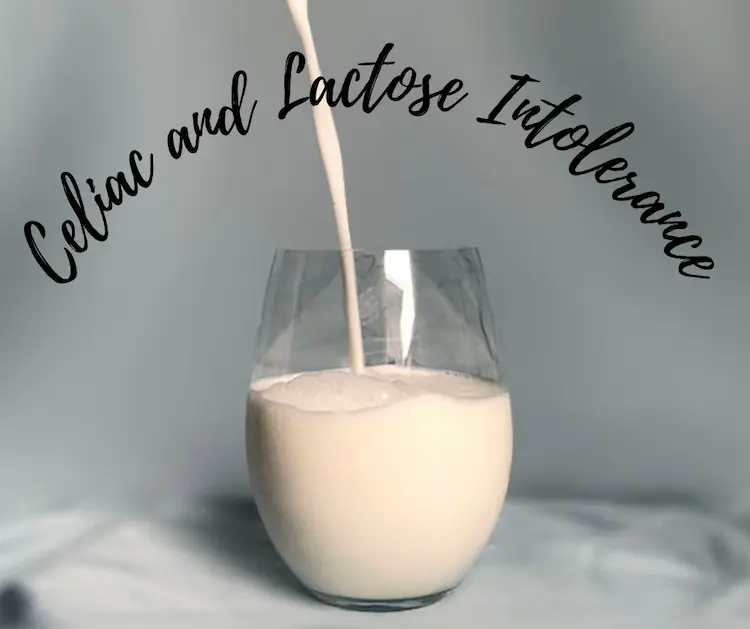
Either of those things could be true, and I have some experience with both situations. So let's explore together, then you and your doctor can decide together what's best for you.
Table of Contents
Celiac and Lactose Intolerance Comparison
The Gluten and Dairy Intolerance Connection
Diet for Celiac Disease and Lactose Intolerance
Celiac and Lactose Intolerance Comparison
Celiac and lactose intolerance are very different but often go hand in hand. It may help to know why this is, what the difference is and how to handle it.
What is Celiac Disease?
Celiac disease is an autoimmune condition which is triggered by eating foods containing gluten.
The most common symptoms of celiac disease are digestive. Problems like diarrhea, constipation, gas, and bloating are common. You can also have non-digestive symptoms like brain fog, muscle and joint pain, and skin rash.
Untreated celiac disease can cause damage to the small intestine and lead to serious consequences like cancer.
What is Lactose Intolerance?
Lactose intolerance is an enzyme deficiency which results in the inability to digest lactose which is a sugar in milk.
Lactose is a disaccharide meaning it is comprised of two sugar molecules bonded together and this makes it hard to digest. Most babies and many adults can digest lactose because our small intestines make an enzyme called lactase. This enzyme breaks down the lactose and makes it digestible.
The Gluten and Dairy Intolerance Connection
You may have already noticed the connection between celiac and lactose intolerance is the small intestine.
Your Celiac Disease Might Be Causing Lactose Intolerance
A while after I went gluten-free, I noticed that I was still experiencing bloating and nausea even though I knew I was being careful with my gluten-free diet. One evening after a particularly cheesy gluten-free pizza, a thought occurred to me "could the cheese be the problem?"
Secondary Lactose Intolerance is a term that means your inability to digest lactose is caused by another condition that has damaged your small intestine. This damage is interfering with your body's ability to produce the lactase enzyme. This is why people with celiac disease often suffer from lactose intolerance as well.
Difference Between Celiac Disease and Lactose Intolerance
|
Celiac Disease |
Lactose Intolerance | |
|
Condition type |
autoimmune disease |
enzyme deficiency |
|
Duration |
permanent, life-long |
often temporary |
|
Severity |
serious, causes intestinal damage |
uncomfortable, no damage |
|
Treatment |
careful avoidance of gluten |
limit dairy or try enzyme |
Lactose Intolerance as a Symptom of Celiac Disease
When I was pregnant with my daughter, 17 years before my celiac diagnosis, I noticed I was having "morning sickness", not first thing in the morning, but after I ate my breakfast of cereal and milk.
My doctor explained to me what lactose intolerance is and that it is common in pregnancy. What she didn't tell me is that it is also a common companion of celiac disease. If we'd only put that together with my multiple miscarriages and my skin problems, I might have gotten my celiac diagnosis much sooner.
But the past is the past.
Now we know that lactose intolerance is another of the many symptoms of celiac disease.
Because of this, the celiac disease centers at Stanford and the Mayo Clinic both recommend testing anyone with lactose intolerance for celiac disease.
Often people with untreated celiac disease notice that they have trouble with dairy before they realize they have trouble with gluten.
In this way, lactose intolerance may be considered a symptom of celiac disease.
Is Secondary Lactose Intolerance Permanent?
Usually not.
If your lactose intolerance is caused by celiac disease, then treating the celiac disease usually fixes the lactose intolerance.
Most folks with celiac and lactose intolerance can re-introduce dairy products after 6 months to a year on a gluten-free diet.
If your ability to digest dairy does not return, then the problem may not be lactose intolerance but a casein sensitivity instead. Casein is a protein in milk and I've written a whole article about celiac and casein sensitivity.
Diet for Celiac Disease and Lactose Intolerance
If you have both celiac and lactose intolerance, you must avoid both gluten and dairy at least for a while.
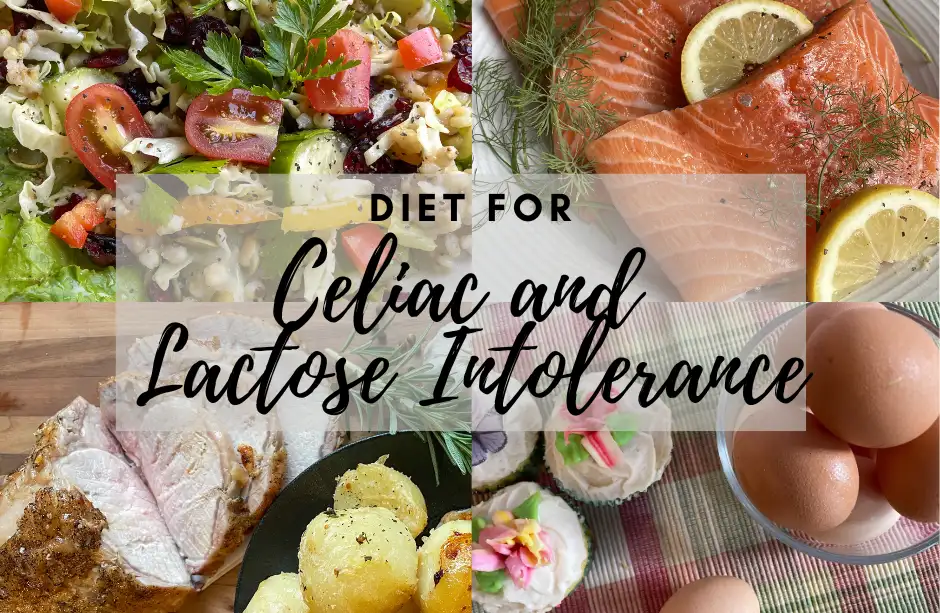
The good news is, most naturally gluten-free whole foods like fruits and vegetables and whole fresh cuts of meat are also lactose free.
The one big difference between lactose intolerance and celiac disease is that you don’t necessarily have to ferret out every last molecule of lactose. You only need to avoid it to the degree that it causes symptoms.
For example, I sometimes sneak a bite of my husband’s crème brulé when we’re out for dinner. I may get away with it, I may not, but I would never cheat like that with gluten.
Foods to Avoid if You're Lactose Intolerant
Lactose is found in dairy products like:
- milk
- cream
- ice cream
- whipping cream
- yogurt
- cheese
The amount of lactose in these products varies and you may be able to tolerate small amounts.
For example, hard cheeses like cheddar contain about 0.07% lactose and is often well tolerated.
Yogurt contains the lactobacilli bacteria which can help to break down the lactose making it easier to tolerate.
Hidden Sources of Lactose
Avoiding these obvious sources of lactose may be enough, but if you are still having problems you may need to pull out your label sleuthing skills and look deeper.
Lactose is a common food additive and a carrying agent for flavorings so you may find it in:
- processed meats like hot dogs or cold cuts
- flavored snacks like chips or popcorn
- bottled sauces
- salad dressings
- food supplements and medications.
Labeling laws for alcoholic beverages and medications are different so it may take a bit more digging to find lactose hiding in those places.
Amount of Lactose in Dairy Products
Milk, especially low-fat milk, is quite high in lactose at 13g per cup of milk.
You may want to avoid or limit fluid milk or only have it with meals when food is slowing digestion and you may tolerate it better. Many people find they can tolerate a bit of milk or cream in their coffee or tea.
Hard cheeses like cheddar cheese are very low in lactose at 0.02g per 30g of cheese. Butter has almost no lactose. Most people tolerate these quite well.
The table below shows the amount of lactose in common dairy products.
Product
Amount
Lactose (g)
Percentage
Whole milk
Low fat milk
Yogurt - full fat
Yogurt - low fat
Ice cream
Cheddar cheese
Cottage cheese
Butter
250 ml - 1 cup
250 ml - 1 cup
200g
200g
50g
30g
30g
5g
12 g
13 g
9g
12g
3g
0.02g
0.1g
0.03g
4.8
5.2
4.5
6.0
6.0
0.07
0.33
0.6
*Although yogurt is quite high in lactose, it has the Lactobacillus acidophilus bacteria which aids with lactose digestion.
Supplements for Lactose Intolerance
Lactase Enzymes
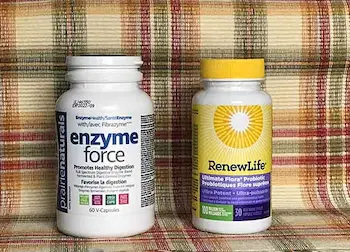
Lactase enzymes come in capsule or liquid form and are available in most health food stores. Some are added directly to your milk product to convert the lactose into simple sugars which are sweeter tasting and easier to digest.
Lactase enzymes also come in a capsule taken about 15 minutes before ingesting lactose.
Some people find taking enzymes works very well and others report that it doesn’t help.
Pro-biotics for Lactose Intolerance
Lactobacillus acidophilus is a bacterium that occurs naturally in our digestive systems and in fermented foods like sauerkraut, miso, and some yogurts. These microscopic residents of your gut are called probiotics. They break down lactose and help with overall digestion.
Probiotics are also available in capsule form. They are taken daily to inoculate your gut with healthy bacteria, to aid with overall digestion and to crowd out harmful bacteria. Some people say they help immensely, others have less success.
If you have celiac disease you may already be taking a probiotic. The folks at your health-food can recommend a good full spectrum probiotic that may also help with lactose intolerance.
Make sure any supplements you take are gluten-free.
Shop the Guide
I've provided a few links for your convenience. If you want to buy any item through the links I provide, I may earn a small commission, at no cost to you.
I did not receive a free samples and I was not asked to review these products unless specified. I've included each product because I've used it myself*. I would not recommend anything that I would not use.
Dayia Gluten-Free, Dairy-Free Mac & Cheese
Daiya Homestyle Gluten and Dairy-Free Ranch Dressing
Puregen Dairy Relief Lactase Enzyme Pills - to be taken before ingesting dairy products
Nutricost Lactase Powder - to be mixed with milk to break down lactose
Here are more of my Gluten-Free and Dairy-Free Product Recommendations.
*The lactase enzymes are an exception. As I am not currently lactose intolerant I do not use these. Lactase enzymes were recommended by my doctor and I have researched these products and they have positive reviews.
Lactose Free Dairy Products
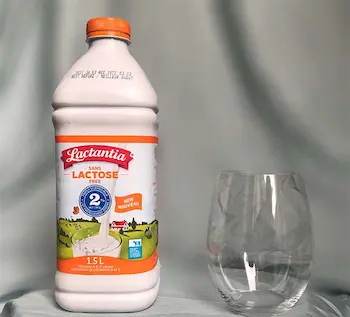
These are quite easy to find in your grocer’s dairy case.
Regular cows milk products are treated with the lactase enzyme. This breaks down the lactose into simple sugars to make it easier to digest.
You may find these products taste sweeter than untreated dairy products.
Plant Based Alternatives
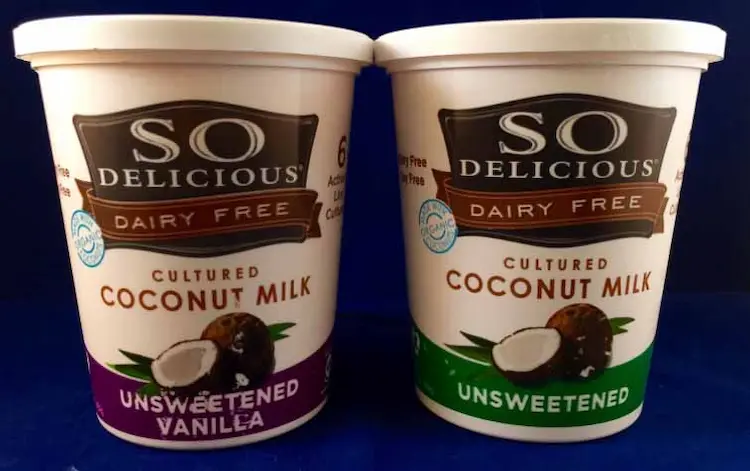
There are lots of plant based "milks" on the market that work fine in your coffee, on your cereal, in baking and in sauces. These are likely naturally gluten-free, and good for both celiac and lactose intolerance. Always read labels to be sure.
Some examples of non-dairy milk substitutes include:
- almond milk
- soy milk
- oat milk
- coconut milk
- rice milk
You'll also find vegan or plant based alternatives to common dairy products like:
- cheese
- yogurt
- cream cheese
- ice cream
- many spreads and dips
If you’re eliminating dairy products from your diet, you’ll be looking for some substitutions. Here is a whole article on Gluten Free Milk Alternatives.
Lactose Intolerance and Nutrition
I've written in the past about how to cook healthy gluten-free meals, but if you're also cutting out dairy, you need to be aware of what you are missing and make it up elsewhere.
The key nutrients in milk are calcium, vitamin D, protein, phosphorus, magnesium, potassium, vitamin B12 and zinc.
A healthy diet that includes dark leafy greens, meat, fatty fish like salmon, and poultry will fill in the gaps nicely.
If you are vegan or vegetarian then meat
substitutes like grains, nuts, seeds, beans, peas and legumes will serve you
well too.
Frequently Asked Questions
Why do people with celiac disease often have lactose intolerance?
Celiac disease damages the small intestinal villi where the lactase enzyme is made. Until the intestine heals on a strict gluten-free diet, lactose can be hard to digest—this is called secondary lactose intolerance.
How long after going gluten-free can I try dairy again?
Many people tolerate dairy again after about 6–12 months on a strict gluten-free diet. Reintroduce slowly, starting with low-lactose options like hard cheese, yogurt with live cultures, butter, and lactose-free milk.
What’s the difference between lactose intolerance and a casein allergy?
Lactose intolerance is trouble digesting the milk sugar (lactose) due to low lactase enzyme. A casein allergy is an immune reaction to a milk protein and can cause symptoms even with lactose-free products.
Can celiacs eat dairy?
Yes—dairy is naturally gluten-free. However, some people with newly diagnosed celiac disease have temporary lactose intolerance. Choose low-lactose dairy or lactose-free products until your gut heals.
Can someone with celiac disease have milk?
Milk contains no gluten, but it is high in lactose. If milk causes symptoms, try lactose-free milk or have small amounts with meals while the intestine heals.
Can gluten intolerance cause lactose intolerance?
Yes—if by “gluten intolerance” you mean celiac disease. Damage from celiac can reduce lactase and cause temporary lactose intolerance. Non-celiac gluten sensitivity doesn’t damage villi, so lactose issues may have other causes.
Am I celiac or lactose intolerant?
Only testing can tell. Ask your doctor about celiac screening (while still eating gluten) and, if needed, lactose testing. Many people with undiagnosed celiac first notice dairy reactions; treat the cause before eliminating whole food groups.
Are lactose-free products safe for people with celiac disease?
Generally yes—lactose-free products are typically gluten-free, but always read labels to confirm there are no gluten-containing additives or cross-contamination risks.
Which dairy foods are lowest in lactose?
Butter and hard cheeses (like cheddar or Swiss) are very low in lactose. Yogurt with live cultures and lactose-free milk are often well tolerated. Start with these when reintroducing dairy.
What if dairy still bothers me after a year gluten-free?
Talk to your healthcare provider. Persistent symptoms may be due to a casein allergy or another issue (for example, SIBO). A dietitian can help you trial safe alternatives while maintaining good nutrition.
Gluten and Dairy Free Recipes
I am both gluten and dairy free myself, so these are recipes I make and feed my family. Many are naturally gluten and dairy free, others provide substitutions.
About the Author

Hi, I’m Patty — a celiac since 2012, culinary school grad, and the creator of Naturally Gluten Free.
I earned my Culinary Skills diploma from George Brown College with a focus on nutrition and cooking for special diets. Over the years, I’ve learned firsthand how closely celiac disease and dairy issues can be linked — in my case, it’s a sensitivity to casein rather than lactose.
When I was first diagnosed, I found it confusing to understand why dairy suddenly caused problems too. Through research, trial, and plenty of kitchen experiments, I’ve learned how to live comfortably and eat well while balancing both conditions.
I wrote this article to help you understand the connection between celiac and lactose intolerance, and to show that you can enjoy delicious, nourishing food without worrying about what’s on your plate.
If you’re new to this journey, you’re not alone. I’ve been where you are, and I’m here to help you find your footing — simply and naturally.
Updated October 2025
Sources:
https://en.wikipedia.org/wiki/Lactose_intolerance
Home> Intolerances and Special Diets >Lactose Intolerance
